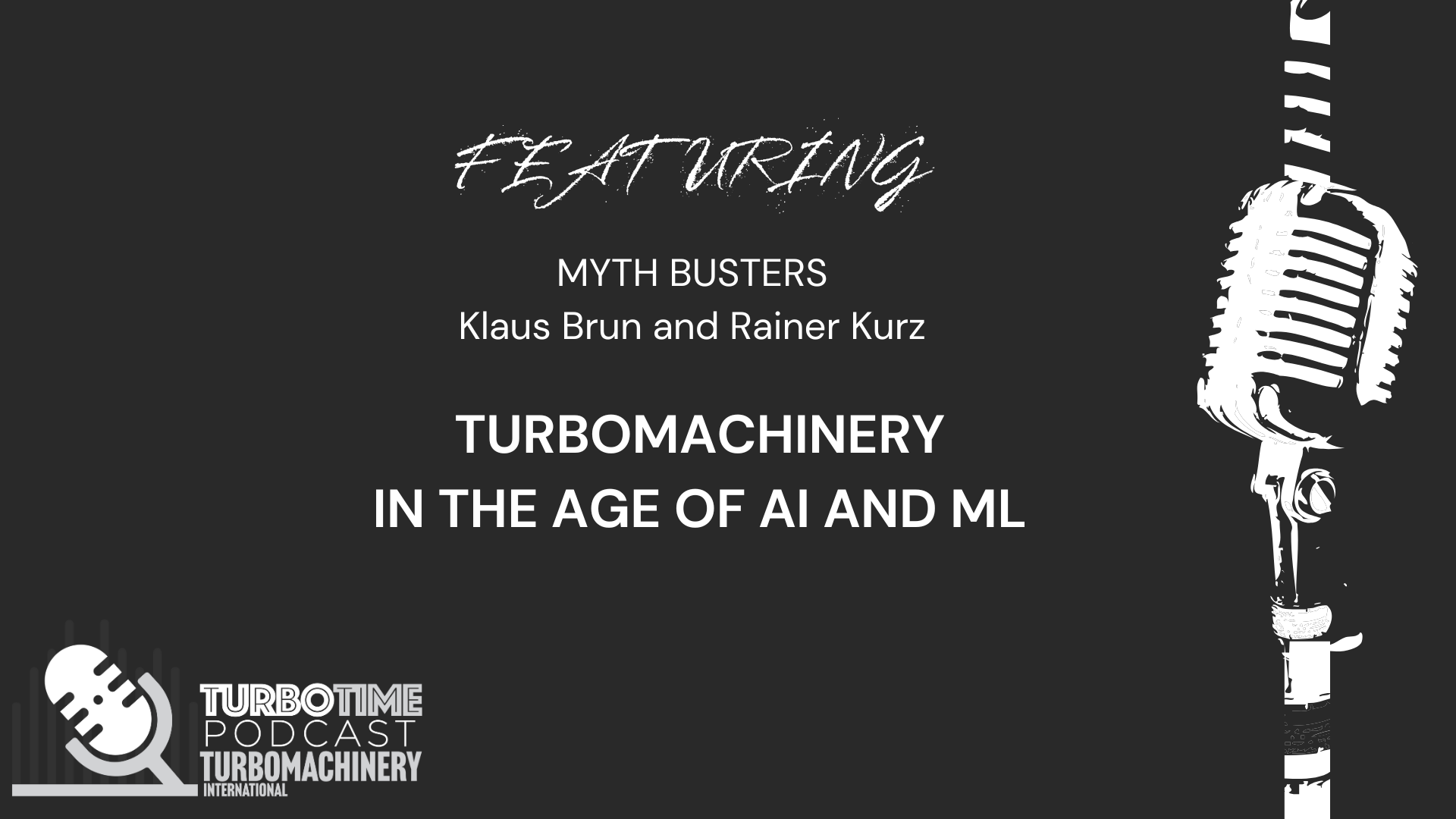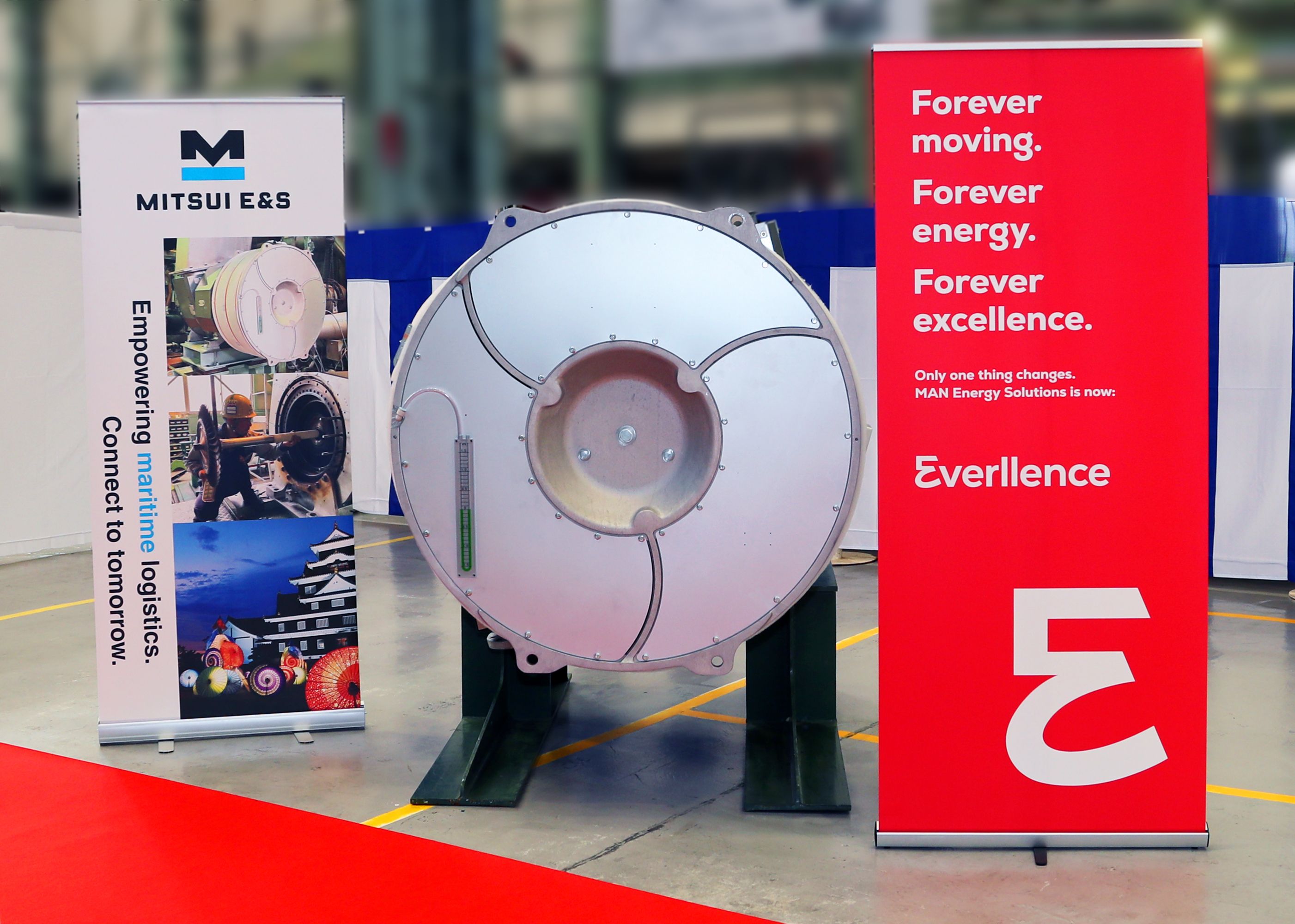Article
Redesign of a steam turbine with unknown boundary conditions
Author(s):
Several levels of overhaul are possible depending on time and money resources. When both are at a minimum, the redesign of one or several stages of aging turbomachinery can be an option while maintaining existing dimensions for the rotor and casing. However, when parts of the machine are no longer functional, the boundary conditions of these elements are unknown. This can make the redesign process complicated and time-consuming although it is still possible to restore the geometry and increase performance.
The main steps of this process are:
• Extracting geometrical parameters from 3D models of existing and functioning parts
• Estimating the boundary conditions for the missing part (stage or group of stages)
• Designing the missing part
• Calculating the whole performance of the turbine with the newly designed part
These steps were applied to a scenario of a 6-stage LP 30MW steam turbine with a damaged last-stage bucket caused by mechanical failure or erosion. For this turbine example, only select parameters were known: inlet total pressure, 218 kPa; inlet total enthalpy, 2,787.4 kJ/kg; outlet static pressure, 14.46 kPa; rotational speed, 3,600rpm; mass flow rate, 35.812 kg/s; and approximate power,11.46 MW.
Obtaining Geometry
To determine the conditions for which to design the piece being replaced, it was first necessary to create a model of the functioning part by importing the main geometrical parameters of the existing parts. Among them are blade heights, throats, metal angles, leading and trailing edge radii.
This step can be performed three different ways: through manual measurements directly on the blades and nozzles, from CAD models (Figure 1) or from 3D laser scanning, all of which have their advantages and disadvantages. The first method is not the most accurate or time efficient but it does not require any specific equipment. The second step calls for computer-designed element files while the last approach necessitates expensive tools.
Either way, the more stages involved, the longer it takes to obtain the geometry, which is why an efficient system is recommended. This makes seamless data extraction possible for a performance analysis, which allows analysis of both CAD models and 3D laser scans (cloud of points).
When the 3D airfoils were imported, they were sliced by a specified number of sections and the profile parameters required for the calculation were extracted automatically. For some parts of the original airfoils, the CAD model’s automatic recognition did not provide accurate results due to the bad quality of the models. For those sections, recognition in manual mode was performed using a specially developed tool for profile recognition which obtained the necessary data within hours.
(Leonid Moroz is the founder and CEO of SoftInWay Inc., located in Burlington, MA, the maker of the AxSTREAM software suite for multidisciplinary design, analysis and optimization of turbomachinery)
More in the May/June 2014 issue of Turbomachinery International
Newsletter
Power your knowledge with the latest in turbine technology, engineering advances, and energy solutions—subscribe to Turbomachinery International today.





